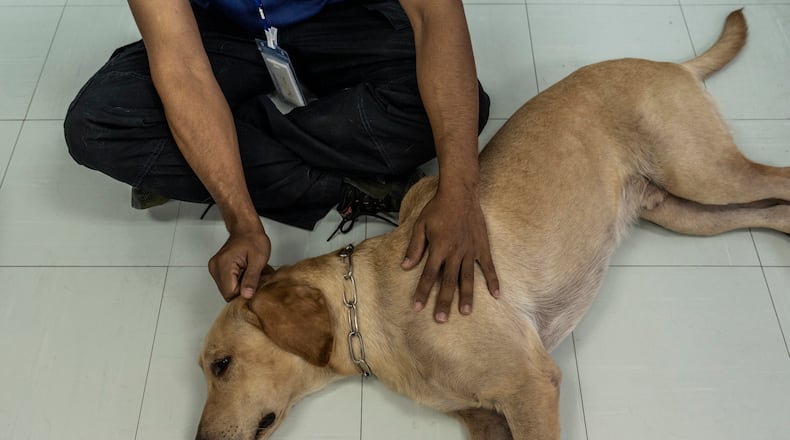Can dogs really detect the coronavirus in humans?
Sniffer dogs work faster and far more cheaply than polymerase chain reaction, or P.C.R., testing, proponents say.
An intake of air through their sensitive snouts is enough to identify within a second the volatile organic compound or cocktail of compounds that are produced when a person with COVID-19 sheds damaged cells, researchers say.
“P.C.R. tests are not immediate, and there are false negative results, while we know that dogs can detect COVID in its incubation phase,” said Dr. Anne-Lise Chaber, an interdisciplinary health expert at the School of Animal and Veterinary Sciences at the University of Adelaide in Australia who has been working for six months with 15 COVID-sniffing dogs.
Some methods of detection, such as temperature screening, can’t identify infected people who have no symptoms. But dogs can. That’s because the infected lungs and trachea produce a trademark scent. And dogs need fewer molecules to nose out COVID than are required for P.C.R. testing, Thai researchers said.
In the United States, dogs have been used to screen for COVID-19 at a handful of privately run events, including checking ticket holders at Miami Heat games and sniffing the sweaty feet of revelers at a wine and food festival in South Beach.
But there are no national standards or government programs for using the dogs.
Hannah Beech writes for The New York Times. These stories are part of the Solutions Journalism Network, a nonprofit organization dedicated to rigorous reporting about responses to social problems.
About the Author
Keep Reading
The Latest
Featured

